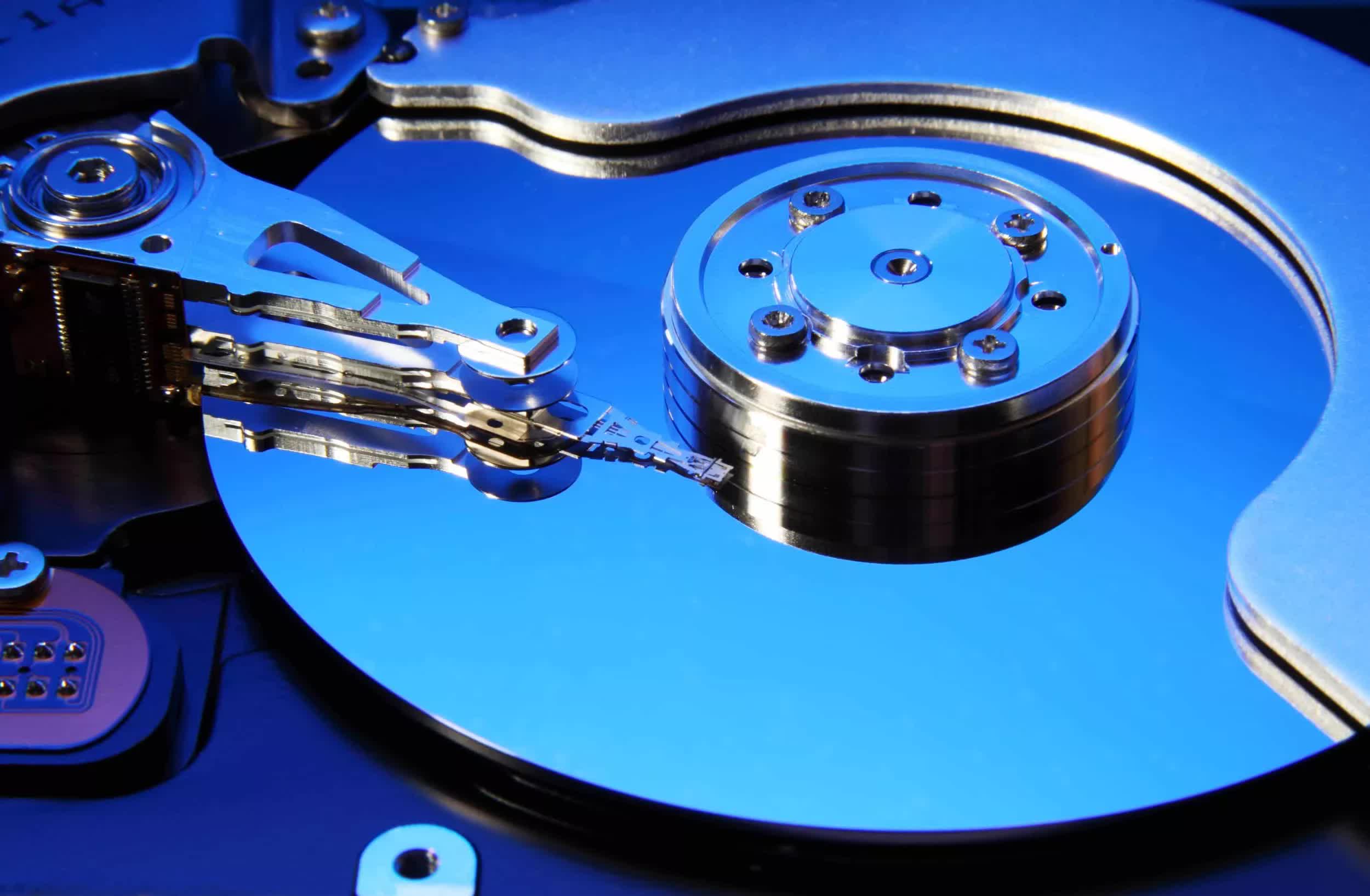TL;DR: Seagate pioneered the introduction of heat-assisted magnetic recording (HAMR) hard drives and continues to advance in magnetic storage technology. While expanding the capacity of its next-generation storage units, I/O performance might concern some users.
In December 2024, Seagate began shipping hard drives utilizing HAMR technology, making a long-awaited technological breakthrough commercially available. The company now announces the arrival of even more advanced HAMR drives with capacities up to 36 terabytes.
The 36TB HAMR drives are currently being delivered to a select group of customers for testing and validation. Built on the Mozaic 3+ technology platform, these new Exos M drives promise “unprecedented” areal density, leveraging a sophisticated 10-platter design to achieve an areal density of 3.6TB per platter.
Seagate CEO Dave Mosley confirmed that the company has surpassed an areal density of 6TB per disk in testing environments, with the aim to reach 10TB per platter. Mozaic 3+ is highlighted as an efficient storage platform, enabling Exos M drives to lower total ownership costs and reduce energy consumption.

HAMR drives are designed to meet the demands of data centers by offering 300 percent more storage capacity within the same physical space. Seagate projects a 25 percent reduction in cost per terabyte and a 60 percent decrease in power consumption per terabyte. Dell Technologies, an early adopter of the Mozaic 3+ platform, plans to integrate these 32TB Exos M drives into its “high-density” storage products shortly.
Despite being at the forefront of magnetic storage technology, the new drives have a caveat not mentioned in Seagate’s press release. According to the product page for HAMR drives, the high-capacity models (32TB and 36TB) rely on shingled magnetic recording (SMR) to achieve their vast areal density and overall storage capacity.
SMR-based drives use an advanced design with overlapping data tracks, which can adversely impact write operations. However, this restriction may not significantly affect data centers and startups specializing in AI language models, as their priority is storing large amounts of data rather than frequent or intensive write tasks.
As noted by IDC researcher Kuba Stolarski, hard disk drives remain a “critical” technology for AI and other enterprise storage needs. Stolarski emphasized that a major portion (89 percent) of data stored by leading cloud services is still maintained on hard disk drives.



